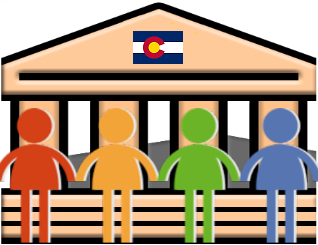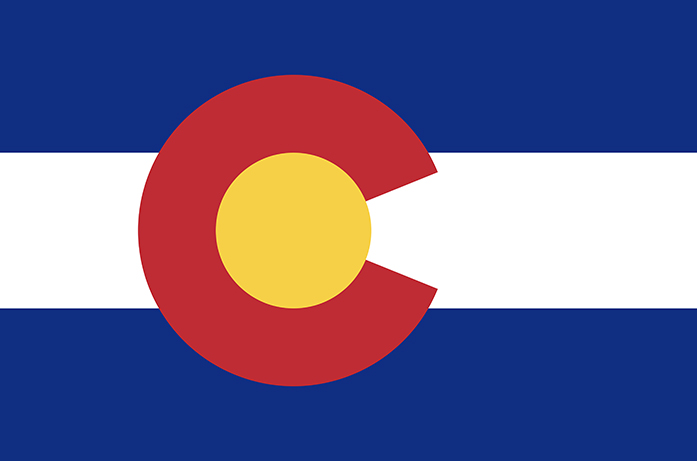Earl Staelin, a former board member of Be The Change — USA and current chair of the Rocky Mountain Public Banking Institute, is one of the intellectual leaders of Banking On Colorado and the public banking movement in Colorado. Here is his Denver Post Op-Ed supporting the formation of public banks in our state.
From the Denver Post:
OPINION
Colorado needs a public bank
By Earl Staelin
POSTED: 02/14/2015 05:00:00 PM MST | UPDATED: 02/14/2015 11:34:50 PM
After we bailed out the “too-big-to-fail” Wall Street banks in 2008 and 2009, things appeared to have improved. Today, Wall Street is rebounding and the job market is looking up. But the folks on Main Street working for low hourly wages or Coloradans paying tens of thousands of dollars in student debt with no end in sight, who lost their homes, or are working part time jobs with no benefits are not so sure.
Colorado entrepreneurs seeking green energy solutions and small business start-ups scramble for funding. Needed infrastructure projects like repairing our state bridges are not keeping up with civil engineers’ recommendations. Meanwhile, the marijuana industry has no place to bank its cash.
In 1729, Benjamin Franklin gave credit to the colonial government of Pennsylvania for restoring prosperity by lending money beginning in 1723. Franklin later blamed Britain’s decision in 1764 to prohibit further lending and printing of paper currency by colonial governments as the chief cause of the Revolution because it rapidly caused widespread unemployment and poverty.
Apparently, North Dakota paid attention to Franklin. This year, North Dakota celebrates its 96th year of having a state-owned bank, the Bank of North Dakota, and is the only state that has one. Arguably, as a result of its bank, North Dakota was the only state not to suffer budget deficits or declining employment as a result of the 2008 crash. Its unemployment rate was and remains the lowest in the nation at 2.8 percent. And it has had larger budget surpluses each year since 2008, no bank failures, and has remitted $900 million in taxes to the people of North Dakota. Critics attribute North Dakota’s success to its increased oil revenues, but its big increase in oil income did not occur until 2010, and Alaska and Montana have had more oil but still had budget deficits and high unemployment. Today, North Dakota has one of the lowest rates of home foreclosures, and consistently has the lowest rate of credit card default and student loan default in the United States.
The Bank of North Dakota makes most of its loans through local community banks, shares the risk, and often guarantees their loans. It invests in North Dakota and its citizens.
A public bank here in Colorado working together with our locally owned community banks is a promising option for expanding real prosperity and well-being here. It would be required to lend in Colorado. Its mission would not include paying commissions or bonuses, making risky investments in subprime loans or derivatives, or profiting at the expense of our community. A public bank’s mission would be to serve our communities by helping them thrive and our citizens prosper — through supporting small and medium sized businesses, green energy, lower student debt, reduced home foreclosures, sustainable farming, infrastructure, and more.
To this end, the first-ever conference on public banking in Colorado was held in Denver in late January. The conference, Banking on Colorado, featured national authors and local panelists representing Colorado farming, student debt, home foreclosures, green energy, a community bank, and small businesses.
For more information on the initiative, go to bankingoncolorado.org.
Earl Staelin is a Denver trial lawyer and co-sponsor of the Public Bank Initiative, which would amend the Colorado Constitution to establish a state-owned bank.
The original article, with reader comments, can be found at Colorado needs a public bank.

